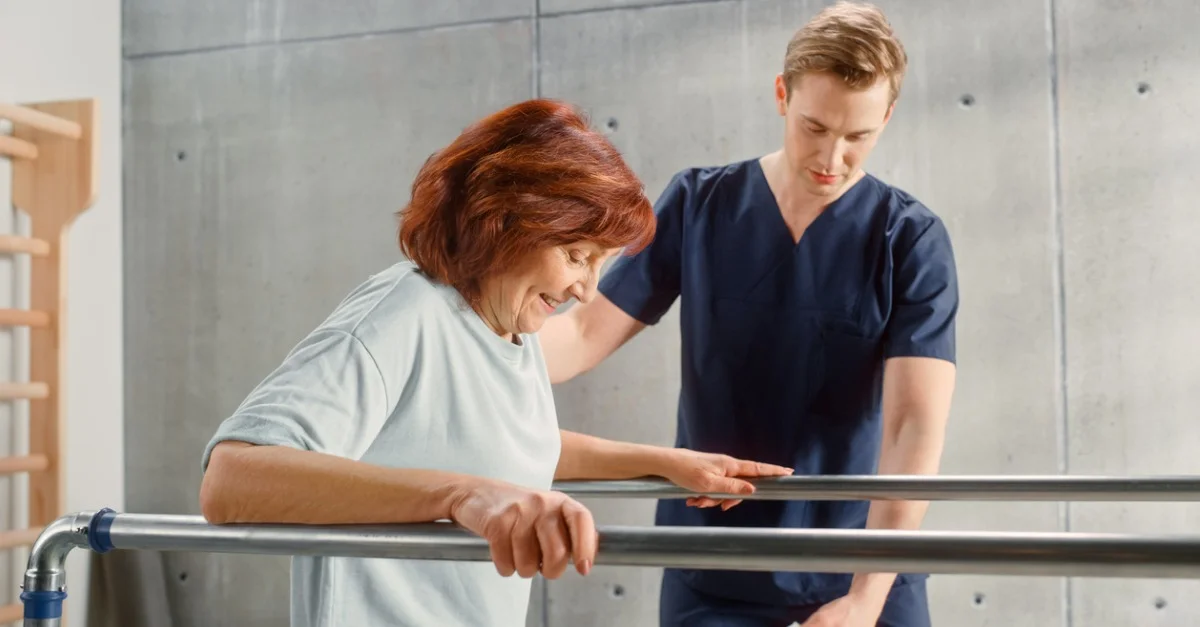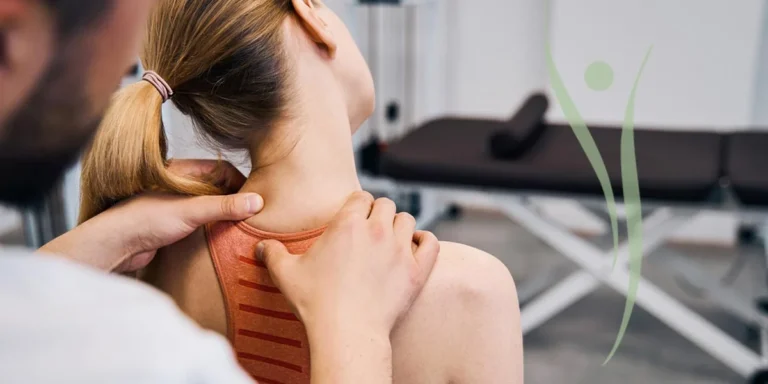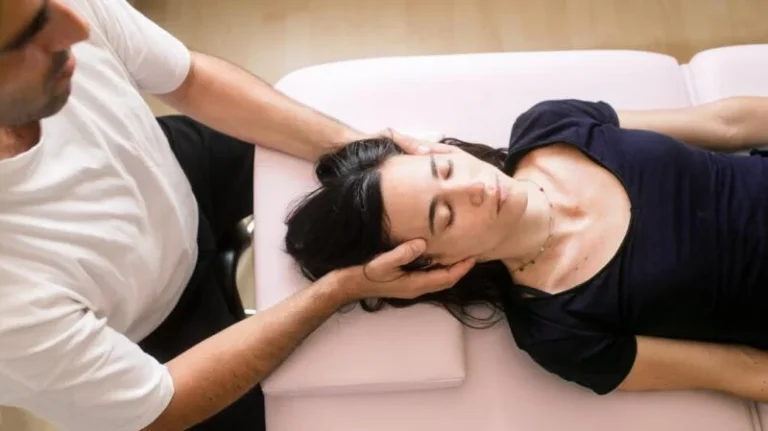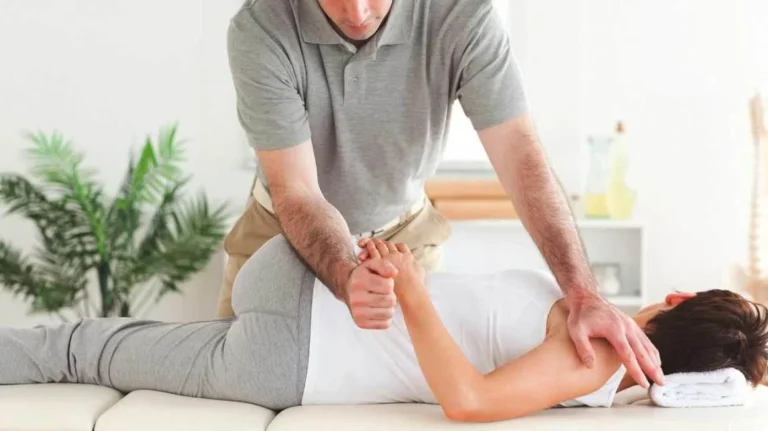Book Appointment Now

Physiotherapy for Stroke Recovery: How It Works
Hello everyone. I am Dr. Gaurav Vaid, a dedicated physiotherapist here in Jammu. At Swasthya Shastra, my clinic, we perform the healing process with the help of professionals in the medical field. Basically, what I have come to discuss today is a very important recovery modality after a stroke: physiotherapy.
One single stroke is enough to change the life of an individual. The stroke can take away a person’s ability to do simple things such as walking, standing upright, lifting weights, or keeping things in place. Stroke recovery physiotherapy is a strategy to be adopted with which individuals can regain all the lost powers. Rehabilitation after a stroke is, thus, very important.
Understanding Stroke and Its Effects
Alright, let’s get to know the basics about a stroke before we start talking about the details of physiotherapy. A stroke happens when the blood supply to some part of the brain is stopped or reduced. Thus, the brain cells in that particular area do not get enough oxygen and food, and they begin to die.
The effects of a stroke vary greatly depending on:
- The area of the brain affected.
- The extent of the damage.
- The individual’s overall health.
Common problems after a stroke include:
- Weakness or paralysis on one side of the body (hemiparesis or hemiplegia).
- Difficulty with balance and coordination.
- Problems with walking.
- Stiffness and spasticity (increased muscle tone).
- Pain.
- Difficulty with speech and swallowing.
- Cognitive and emotional changes.
The Role of Physiotherapy in Stroke Rehabilitation
Rehabilitative care plays a significant role in the stroke rehabilitation process. The goal is to help the patient with the recovery of the lost function as well as the improvement of the quality of life. A physiotherapist will first of all diagnose the patient in a complete and thorough manner, and only then will the treatment plan be given.
This is the process of stroke recovery physiotherapy:
- Improving Movement and Strength: A physiotherapist applies various techniques to help the patient improve their physical condition by regaining the movement of the limbs and their strength. It may also include exercises to strengthen the muscles and improve the range of motion.
- Enhancing Balance and Coordination: Stroke often causes balance and coordination disorders, which result in an average person’s difficulty with their day-to-day tasks, and the risk of falling increases. Among the physiotherapies, some exercises target the improvement of balance, posture, and coordination.
- Managing Spasticity: Spasticity is the state in which some muscles are in persistent tension, accompanied by pain that causes a person difficulty in moving their body. The methods used by the physiotherapist to manage spasticity and, at the same time, to give more comfort to the patient include stretching, positioning, and other interventions.
- Improving Walking and Mobility: The majority of stroke survivors desire to regain their walking ability. Physiotherapists train walking with the help of equipment if necessary to enable the patient to walk both safely and efficiently.
- Reducing Pain: The reasons behind post-stroke pain can be different, such as muscle weakness, spasticity, and nerve injury. Techniques used by a physiotherapist during a treatment procedure, such as manual therapy, therapeutic exercise, and modalities, can reduce pain.
- Preventing Secondary Complications: Loss of motion in a person who has had a stroke can result in secondary complications such as joint stiffness, contractures, and pressure sores. The use of physical therapy can have a profound effect on these problems through methods such as maintaining mobility and helping to achieve a comfortable position.
Also, read The Role of Physiotherapy in Stress & Anxiety Relief
Physiotherapy Techniques Used in Stroke Recovery
Physiotherapy treatments for stroke recovery involve a wide range of techniques. These may include:
- Therapeutic Exercises: They are expected to be exercises that set exact targets and are done to improve the person’s strength, flexibility, balance, and coordination skills. These exercises are adjusted to the individual’s needs and the degree of ability.
- Manual Therapy: It may require the use of hands or devices like fingers, elbows, massage devices, or medical instruments to administer treatments such as massage, joint mobilization, and soft tissue release, and offer relief from movement constraints or pain.
- Gait Training: Rehabilitation to the point of walking entirely safely, and without danger to oneself or others, and to execute all these movements efficiently enough to cause no harm, is the main goal of physiotherapy for walking or gait training.
- Functional Training: The therapist guides the patient through real-life situations, teaching them strategies for using and storing essential items necessary to be independent, which include types of dressing, nutrition, and personal hygiene.
- Neuromuscular Electrical Stimulation (NMES): In this therapy, the flow of electricity can help the muscles to contract. This type of therapy is quite common in the treatment of neurological conditions where muscle activity is most likely to be affected, thus causing the electrical activity.
- Hydrotherapy: Water-based exercises are intended to promote movement while reducing the impact on the joints and thus cushioning the weight-bearing joints. In soft water, the muscles respond more easily to the exercises, and the gentle rehabilitation is better achieved.
- Constraint-Induced Movement Therapy (CIMT): This method demands the less affected limb to be held still so as to encourage the use of the more affected limb.
Conclusion
Stroke recovery physiotherapy is believed to be entirely indispensable for a person to become independent again and improve their life after a stroke. The use of special exercises, massages, and other treatments can help people progress greatly with their recovery.
If you or someone close to you in Jammu is going through the process of stroke recovery, I, Dr. Gaurav Vaid, with my team at Swasthya Shastra, will be present to assist you. We provide the best support and medical care throughout your recovery journey. Just remember, with determination and proper direction, both regaining the functions and living a rewarding life after a stroke is not just a dream but also a reality.
For further queries, please reach out to Dr Gaurav Vaid or Swasthya Shastra.


